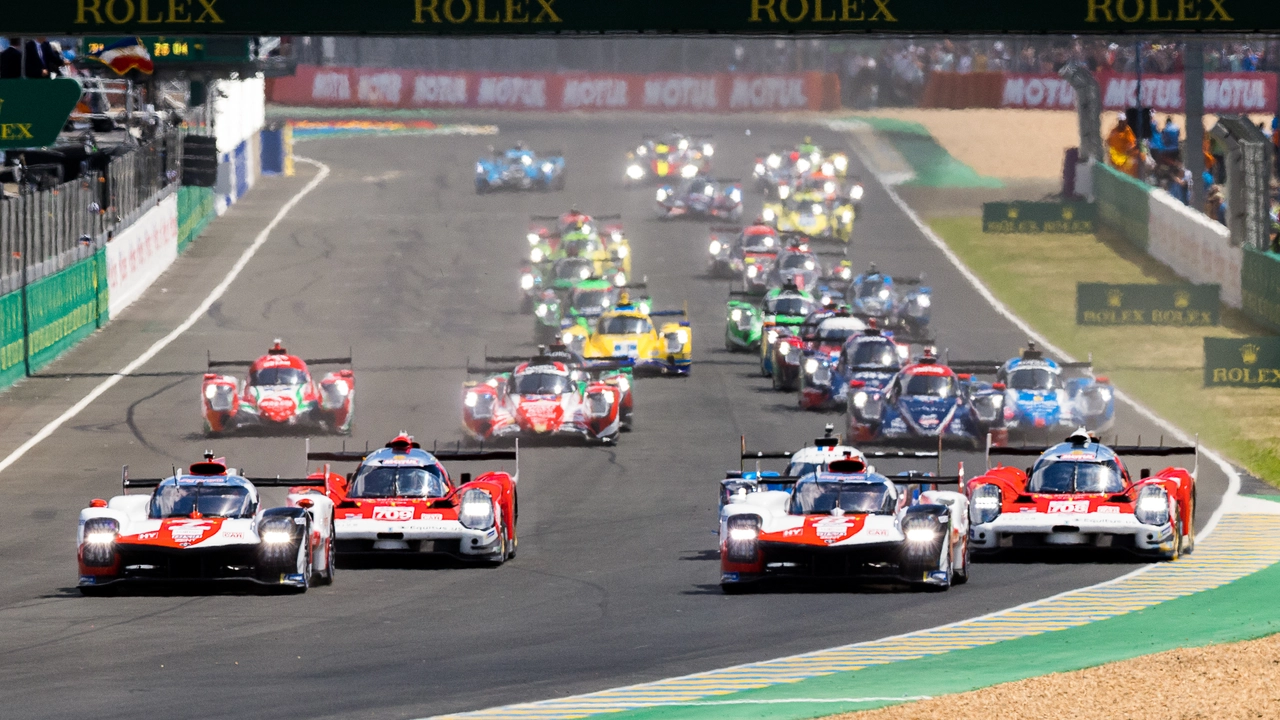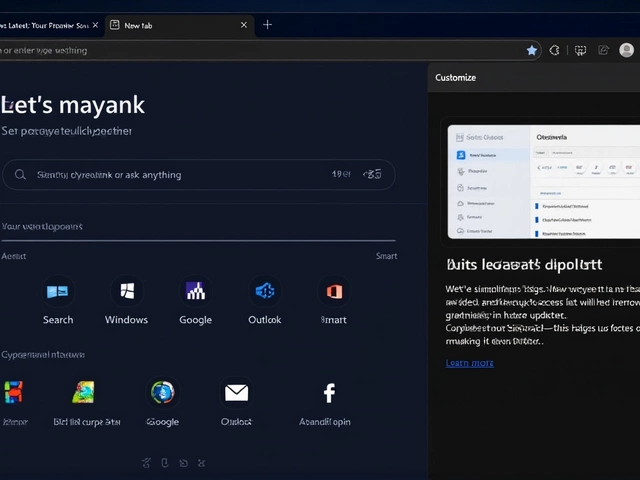Le Mans Circuit: What Makes This Track Legendary?
If you’ve ever watched the 24 Hours of Le Mans, you know the track feels like a character in its own right. Stretching over 13.6 km, the Circuit de la Sarthe mixes public roads with a purpose‑built racing section. That mix gives you long straights, tight hairpins and a few surprises that keep drivers on edge. Let’s break down the basics so you can appreciate why racers love (and sometimes fear) this place.
Key Sections and How They Work
Start with the famous Mulsanne Straight. It’s a nearly 6‑km ribbon where cars hit top speed – think 340 km/h for modern prototypes. After that, you hit Maison Blanche, a tricky right‑hand turn that tests braking stability. The next corner, Identifier, is a quick left‑hand kink that separates the high‑speed section from the technical in‑field.
Inside the stadium section, Ford Chicane and Hairpin force drivers to slow down dramatically. These corners are where overtaking chances pop up, especially when traffic builds after the long straight. Finally, the final sweep through the “Tertre Rouge” and back onto the Mulsanne Straight closes the lap. Mastering the rhythm between full‑throttle and heavy braking is the secret to a fast time.
Lap Records, Tips for Fans & Drivers
Current overall lap record sits around 3 minutes 14 seconds, set by a hybrid prototype. For amateurs in GT cars, breaking 4 minutes is a solid achievement. If you’re planning to watch the race, pick a spot near the Mulsanne Straight for the pure speed view, or grab a seat at the pits to catch the drama of the chicanes.
Drivers, here are three quick tips: 1) Brake early into the Ford Chicane – a smooth brake saves a lot of time later. 2) Keep a steady line through the Hairpin – fighting for the apex wastes tire grip. 3) Use the slipstream on the Mulsanne Straight – drafting behind a faster car can shave off tenths of a second.
For fans, bringing ear protection is a must; the engines roar louder than you’d expect from a track that uses public roads. Also, keep an eye on the weather – rain can turn the whole circuit into a slippery playground, changing lap times dramatically.
Whether you’re a weekend driver, a hardcore Le Mans enthusiast, or just curious about why this circuit is iconic, understanding the layout and the flow helps you enjoy every lap. The Le Mans circuit isn’t just a track; it’s a test of endurance, speed, and precision that keeps racing history alive every year.
Why is the Le Mans circuit one of the most famous in the world?
The Le Mans circuit, also known as Circuit de la Sarthe, is renowned globally due to its rich history in motor racing. The circuit is famous for hosting the 24 Hours of Le Mans, the world's oldest active sports car race in endurance racing. It's a unique blend of public roads and a specialist motor racing circuit that challenges the drivers' speed, endurance, and car reliability. The circuit's lengthy straight sections, sharp turns, and high-speed performance have made it a benchmark in the motorsport world. Its indomitable spirit of innovation and technical advancements also contribute to its global fame.




